With affordability fading and mobility prized, more Americans are renting homes they once aspired to own.
The build-to-rent (BTR) sector is one of the strongest and most promising areas of the U.S. housing market right now. While new residential construction faces challenges such as higher costs and unclear regulations, the high demand for single-family rentals continues to attract both large institutions and mid-sized developers and investors to BTR projects.
Policy Fog Drives Hesitation
Heading into the latter half of 2025, developers and investors are adjusting their plans to address inflation, tackle changing consumer sentiments, and address localized supply-demand imbalances.
At the same time, a combination of changes in tariff and immigration policies is creating turmoil and turbulence in the construction pipeline. As both labor and materials costs rise in the wake of this uncertainty, many developers and investors are responding by extending their schedules or reassessing their development plans. But this ”wait-and-see” approach isn’t necessary in all markets.
Developers in the Sun Belt, for example, might be slowing down because of weaker absorption and high for-sale inventory. But BTR activity is continuing in the Midwest and Northeast due to more favorable supply-demand dynamics and less new construction competition, both of which create more stable conditions for development.
Low Confidence, High Demand
Is weak consumer sentiment good news for BTR?
Consumer sentiment improved for the first time in six months, climbing 16% from last month, according to the University of Michigan’s Consumer Sentiment Index Poll. However, it still remains well below historical norms at approximately 18% below December 2024, when sentiment had shown a post-election bump.
Additionally, according to the poll, nearly 70% of Americans report being concerned about a potential housing market crash in 2025, with 32% noting they are worried about being priced out of the housing market due to rising interest rates. These concerns, paired with the ability to move without the challenge of selling a home in today’s volatile housing market, are driving many prospective homebuyers to continue to rent.
This is good news for BTR investors because it reinforces the strength of its model. More renters mean more demand for quality rental housing and a more resilient rental base, leading to steadier occupancy levels in BTR rental properties.
Recent data from Fannie Mae suggests that a record 35% of respondents prefer renting over buying—the highest this number has been since 2020. Plus, John Burns Research and Consulting reports that buying an entry-level home now costs twice as much as renting for the first time since 2006. BTR housing is especially attractive to young families looking for single-family homes that come with all the amenities of homeownership without the responsibility or the extra costs.
Profile of a BTR Renter
Data on BTR renters specifically is limited. A 2025 study from Apartment List found that roughly 31.4% of Americans overall are renters. Looking at age, the study reports that 83.8% of people between the ages of 15 to 24 rent their homes, along with 58.7% of those in the 25- to 34-year-old range.
According to recent data from the National Association of Realtors, the number of first-time homebuyers in the U.S. dropped to about 1.1 million in 2024, the lowest level since the NAR started tracking new buyers in 1989. The same study found that the average age of a first-time homebuyer was 38 years old, a record high.
This data indicates that demand for BTR properties is coming mainly from Gen Z and millennial households in transitional periods, with a large portion of older millennials looking for single-family rentals with yards, privacy, and room for their young families to grow.
Squeezed Margins, Steady Demand
For BTR operators, inflation remains a cost squeeze, and for investors, inflation is a key driver of costs. A recent John Burns Real Estate and Consulting survey found that in the first quarter 2025, operating costs for BTR communities grew faster (+3.2% YOY) than rents on BTR properties (+1.3% YOY).
Although inflation expectations are slowing, unless there is a decline or stabilization of insurance rates and a reduction in property taxes, BTR operational expenses are likely to stay elevated for the remainder of the year. But demand is high and outpaces supply in many markets, which is helping to preserve occupancy levels along with long-term rental growth potential.
Hot Markets for BTR
It’s cliché, but the adage “location, location, location” remains especially relevant in the BTR space. The markets with strong job growth, inbound migration/population growth, and limited for-sale inventory or new construction are proving to be most attractive for BTR investors.
Currently, the Midwest and Northeast are the hottest regions, leading the rest of the country in rent growth for BTR properties as developers continue to expand supply. In the Sun Belt, select suburban edge markets around fast-growing metro areas like Dallas-Fort Worth and Phoenix are prime targets for BTR investment, because they combine affordability, renter demand, and land availability.
Across these different growth markets, there is an emphasis on single-family, entry-level footprint homes that appeal to growing families or renters looking for more space in markets with tighter housing supply and stable economic conditions.
Demand Beats Supply (Locally)
There are certainly areas in that market at risk of oversaturation due to the aggressive development pipelines seen in recent years. But even in markets with more supply, like the Sun Belt, the supply is overwhelming—the reality of oversupply is nuanced and hyperlocal.
In undersupplied markets and localities with more balanced inventory, demand is likely to outpace new deliveries and push rents higher. In oversupplied markets, short-term drops in rent prices or longer lease-up periods can be expected, but overall BTR absorption will most likely remain healthy as younger renters look to single-family rentals as an affordable alternative to buying a home.
Sharpening the Strategy
Looking ahead to the second half of 2025, the BTR industry is sharpening its focus and is expected to continue its path of resiliency. As noted in the Spring 2025 John Burns BTR Trends report, operators are looking to operational efficiency, amenity rationalization, and rightsizing floor plans to improve margins and meet shifting consumer expectations.
For investors and developers waiting for lower interest rates or more economic certainty to enter or expand their existing portfolios into BTR, waiting may not be in their best interest. In fact, the structural factors reinforce that now is an opportune time to make a move, especially in markets with constrained for-sale inventory and growing rental populations.
Overall, the fundamentals are clear: Renters want and need homes, not just units. BTR offers a solution for attaining the comfort and convenience of a single-family home without the cost, responsibility, and stress of making a purchase.

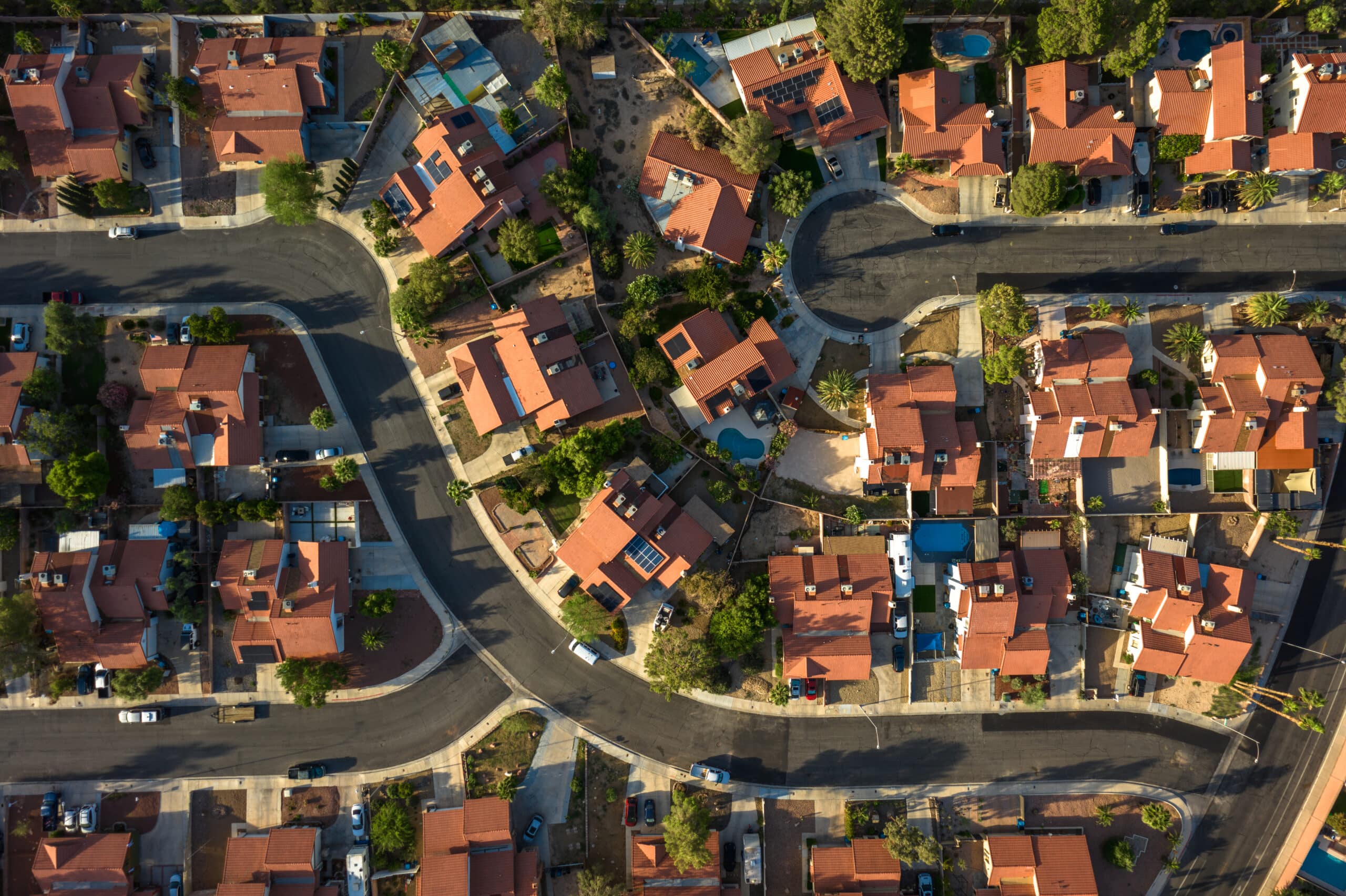



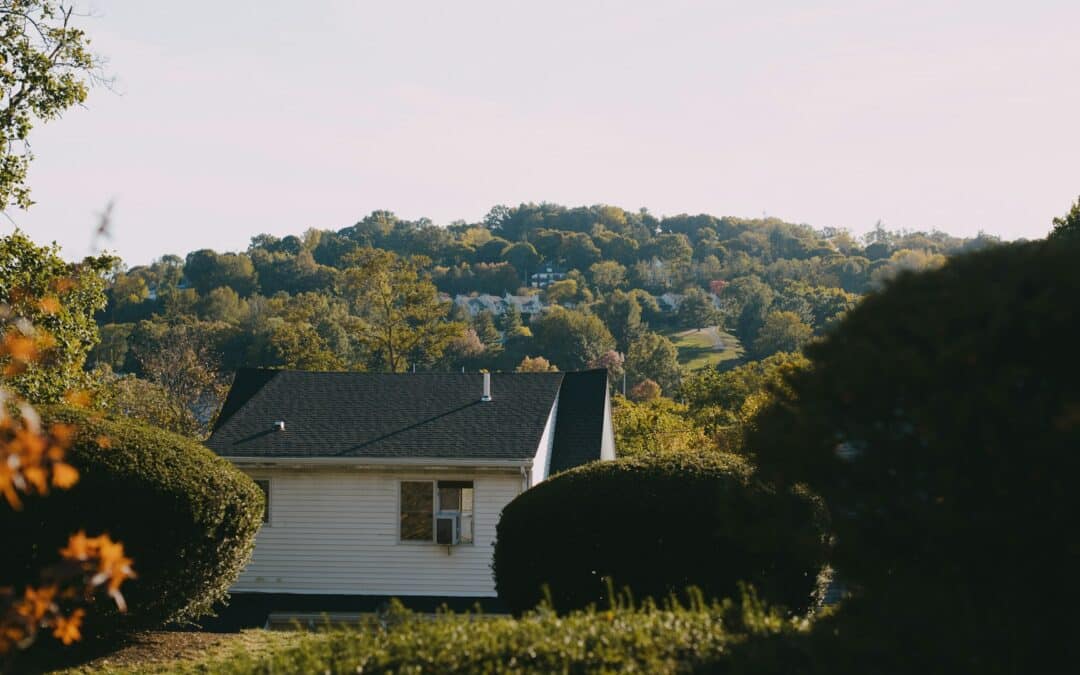
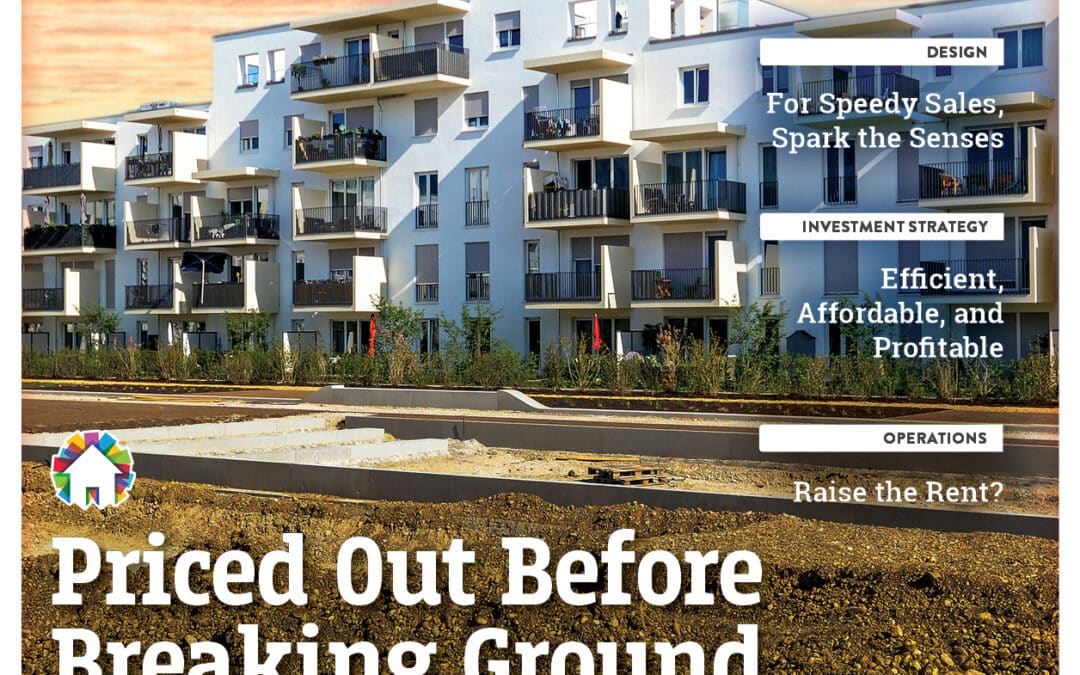



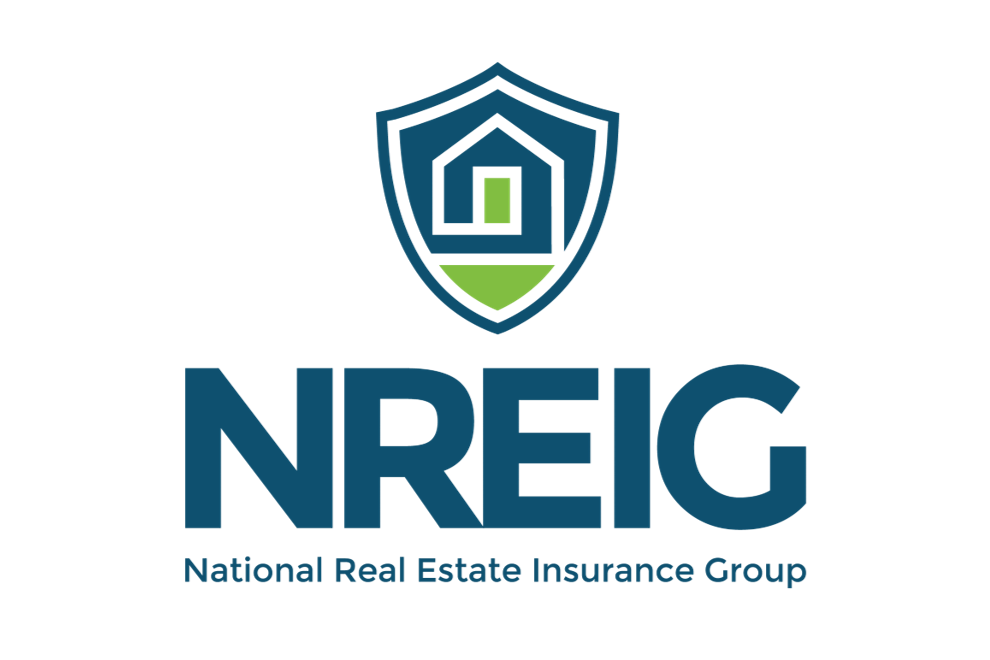
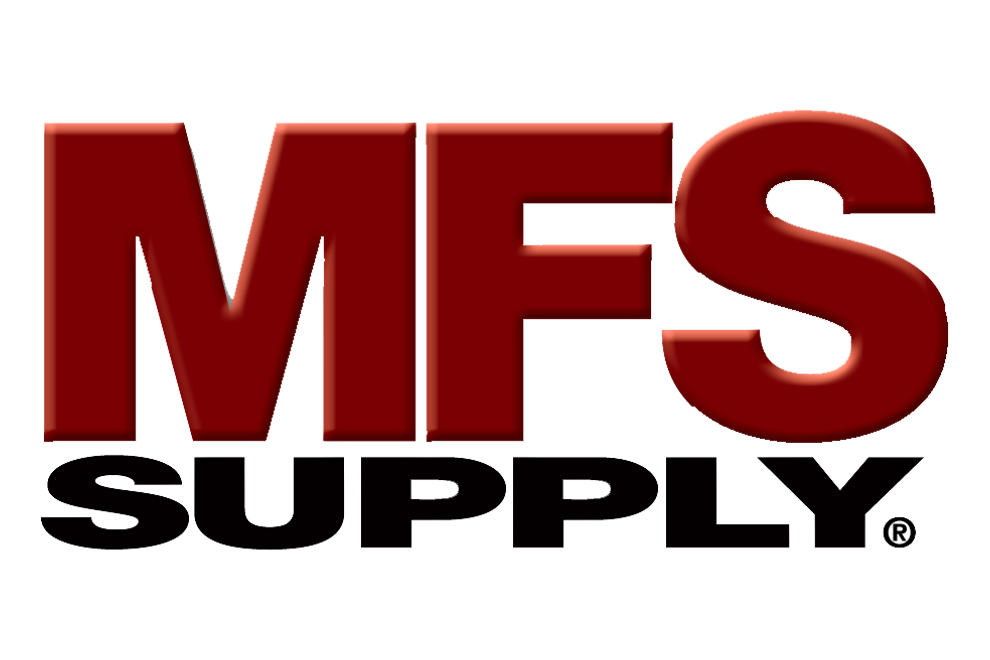

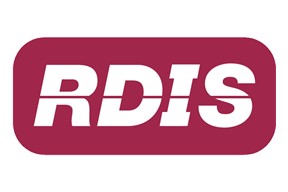
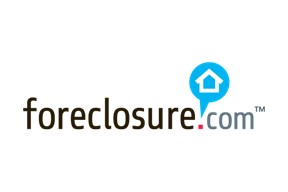
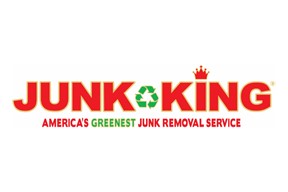
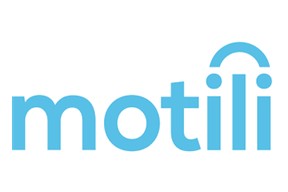
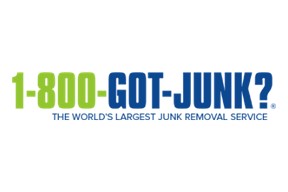

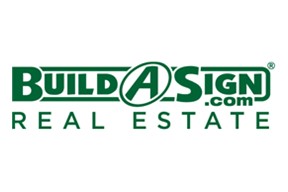
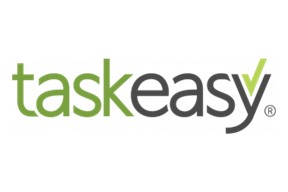
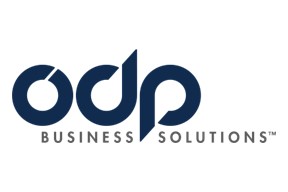
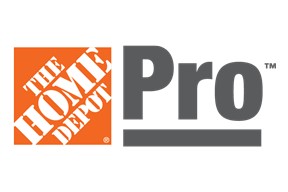

0 Comments